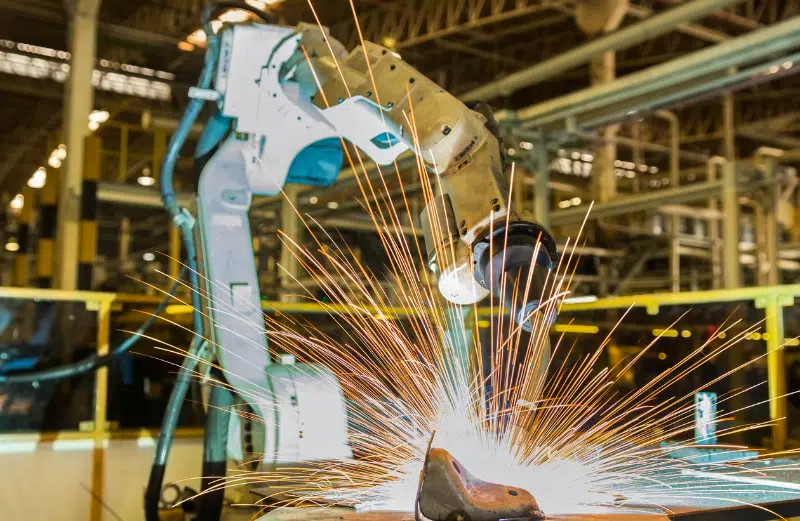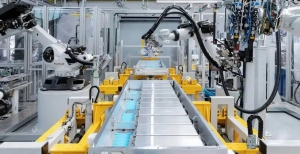The Revolution of Welding Robots in Tech
Table of Contents
Speed and Automation: The Future of Welding Robots
First, welding robots are precise and steady. Welding needs accuracy. Hand welding has issues. People can make mistakes. Robots use control systems. They weld perfectly. No human errors. This means steady, consistent quality. Next, robots are fast and automated. Compared to hand welding, robots are quicker. They boost production speed. Robots can also keep working without breaks. They need less human help. This lowers worker stress. The whole production is more efficient. Third, robots are flexible and versatile. They have many moving parts. This lets them weld in many ways. Flat welding, 3D welding, or complex shapes - robots handle them all. Plus, they can change their tools. They switch between different welding styles easily. Lastly, robots are safe and reliable. Hand welding can be dangerous. Sparks and heat are risky. Robots use sensors and shields. They sense changes and protect workers. They're also steady and dependable. They work long hours without breaks. This means fewer stops and lower maintenance costs.




















